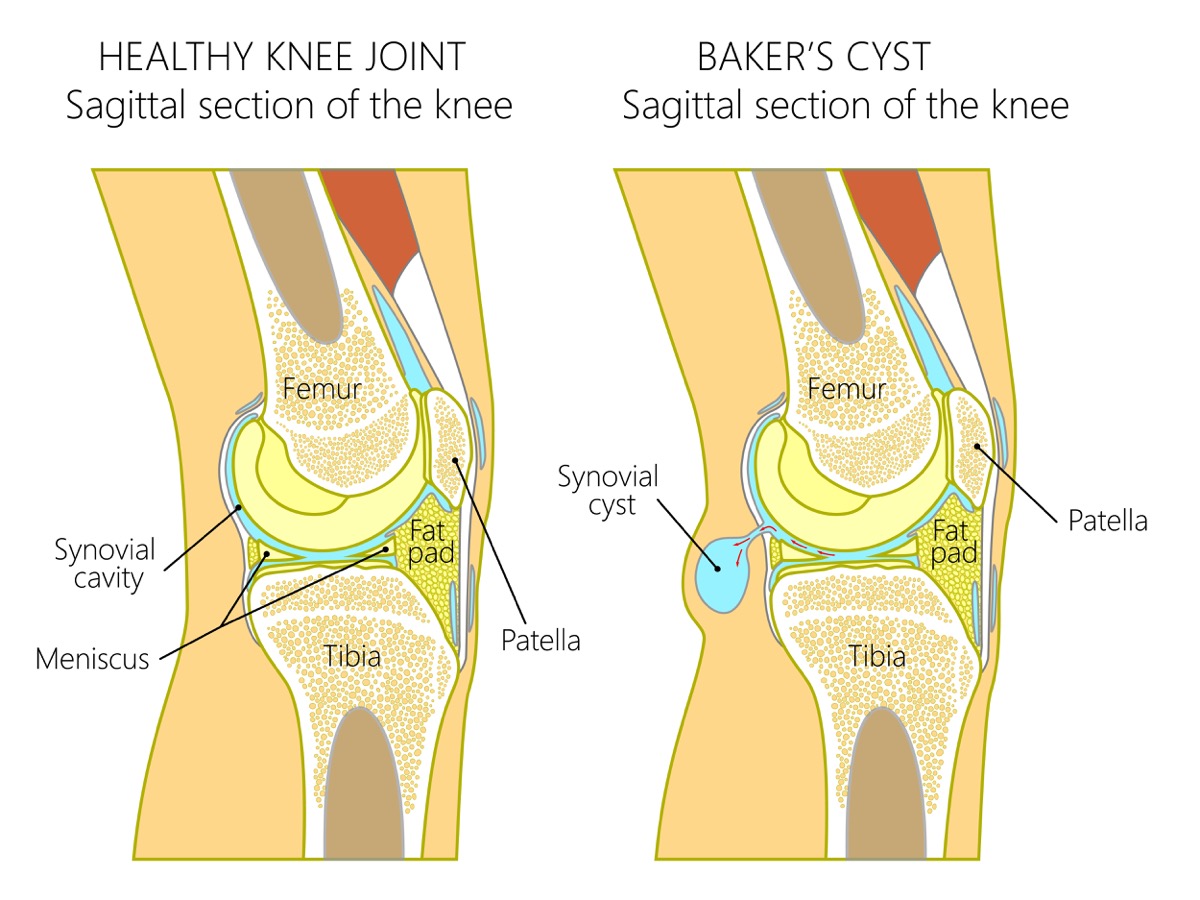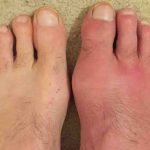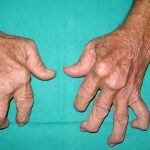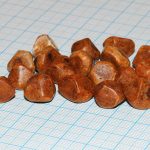Popliteal Cyst

Commonly referred to as a Baker’s cyst, a popliteal cyst occurs when there is an over-accumulation of fluid in the popliteal bursa, a small sac behind the knee. Because the bursa behind the knee does not usually suffer from the same injuries as other conditions on this list, those who develop a popliteal cyst are usually suffering from an underlying medical problem, including gout, lupus, osteoarthritis, psoriasis, hemophilia, rheumatoid arthritis, or an injury to the back of the leg.
Signs of popliteal cysts include swelling or a lump behind the knee, pain in the knee affected knee, calf pain, and locking and/or clicking within the joint. Baker’s cysts are usually treated by removing the cyst from the back of the knee, which reduces the pain immediately. Other measures used to treat popliteal cysts include RICE, compression bandages, and crutches. If a popliteal cysts becomes too problematic before surgery, the steroid injections may also be used.
More from Things Health
-
Causes Of Itchy Eyes
Did you know that insufficient humidity inside the body may cause dry itchy eyes? If you're somebody who does not drink enough fluids each day…
-
Understanding the Causes of Leg Cramps
Leg pains and cramps can be a very uncomfortable experience for anyone. Thus, it is essential that you understand what remedies will work for you…
-
Symptoms of Gout
Gout is a form of inflammatory arthritis characterized by recurrent attacks of a red, tender, hot, and swollen joint. Pain typically comes on rapidly in…
-
Symptoms Of Rheumatoid Arthritis
Rheumatoid arthritis is a chronic autoimmune illness, which accompanies irritation of the joints and apparent deformities. Maybe a virus, causes an attack on the synovium…
-
10 Common Causes of Gallstones
Gallstones are made up of cholesterol that develop in the gallbladder and are usually harmless. However, in the event that they grow larger and start…






